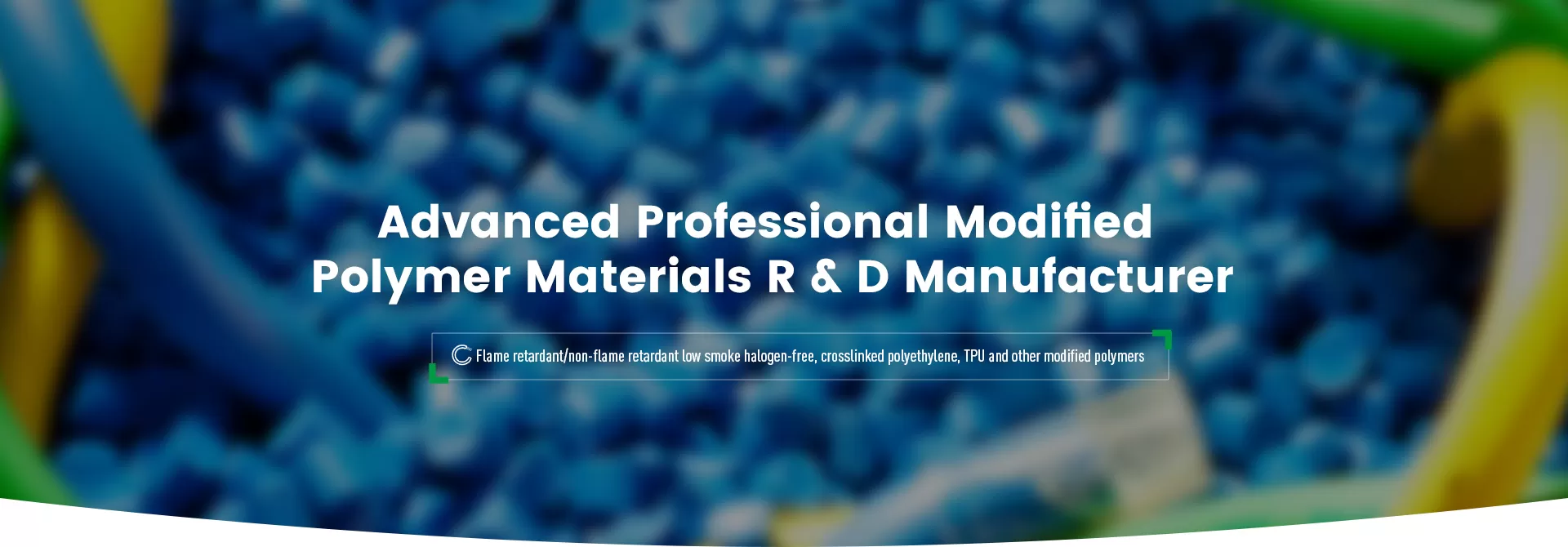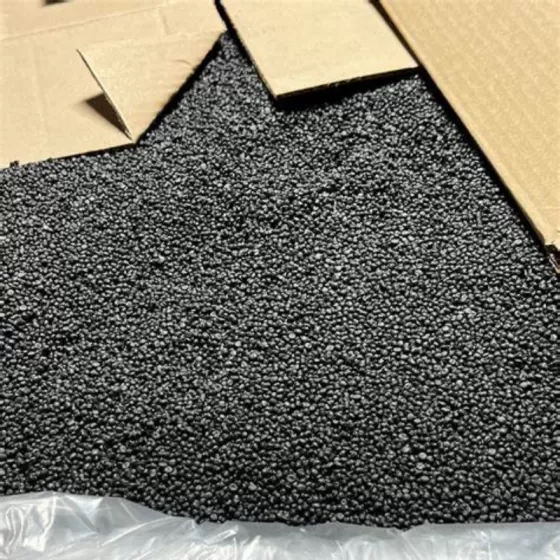

As a leading TPO supplier and TPO factory, Angreen provides TPO polymer wholesale at good prices. The blend composed of isotactic polypropylene and ethylene-propylene copolymer is called TPO (Thermoplastic Polyolefin). TPO materials, full name thermoplastic polyolefin, have excellent impact resistance, weather resistance, tensile resistance and environmental degradation resistance, so TPO resins and TPO plastic materials are often used in wires and cables, automobile manufacturing, roofing and other fields.
| Technical Data of Extruding/Under Extruding TPO | |||||
| Material Properties | Test Standard | Test Condition | Unit | \ | |
| General Characteristics | Material Category | - | - | - | |
| Appearance (Light/Semi-matte/Frosted) | - | - | - | ||
| Extrusion/Injection | - | - | - | ||
| Physical Characteristics | Hardness | ISO 48 | 15S | Shore A | 80 |
| Proportion | ISO 1183 | - | g/cm³ | 0.928 | |
| Melt Index | ISO 1133-1:2011 | 190℃/2.16kg | g/10min | 3.2 | |
| Brittle Temperature | ISO 812 | - | ℃ | ||
| Mechanical Properties | Elongation | ISO37:2017 | 200mm/min | % | 455 |
| Tensile Strength | ISO37:2017 | 200mm/min | Mpa | 12.365 | |
| Tearing Strength | ISO34-1:2015 | 500mm/min | KN/m | ||
| Hot Air Aging | Elongation Retention Rate | ISO37:2017 | - | % | |
| Tensile Strength Retention Rate | ISO37:2017 | - | % | ||
| Electrical Performance | Volume Resistivity | ASTM D257 | - | Ohm-cm | |
| Permittivity | ASTM D150 | - | - | ||
| Combustion Performance | Vertical Burning Test | UL 94 | 3.0/6.0mm | - | |
| Oxygen Index | ASTM D2863 | - | % | ||
| Feature | |||||
| Technical Data of Injection Molding TPO | |||||
| Material Properties | Test Standard | Test Condition | Unit | \ | |
| General Characteristics | Material Category | - | - | - | |
Appearance (Light/Semi-matte/Frosted) | - | - | - | ||
| Extrusion/Injection | - | - | - | ||
| Physical Characteristics | Hardness | ISO 48 | 15S | Shore A | 74 |
| Proportion | ISO 1183 | - | g/cm³ | 1.964 | |
| Melt Index | ISO 1133-1:2011 | 190℃/2.16kg | g/10min | 0.1 | |
| Brittle Temperature | ISO 812 | - | ℃ | ||
| Mechanical Properties | Elongation | ISO37:2017 | 200mm/min | % | 62 |
| Tensile Strength | ISO37:2017 | 200mm/min | Mpa | 26.5 | |
| Tearing Strength | ISO34-1:2015 | 500mm/min | KN/m | ||
| Hot Air Aging | Elongation Retention Rate | ISO37:2017 | - | % | |
| Tensile Strength Retention Rate | ISO37:2017 | - | % | ||
| Electrical Performance | Volume Resistivity | ASTM D257 | - | Ohm-cm | |
| Permittivity | ASTM D150 | - | - | ||
| Combustion Performance | Vertical Burning Test | UL 94 | 3.0/6.0mm | - | |
| Oxygen Index | ASTM D2863 | - | % | ||
| Feature | |||||
TPO plastic materials are highly praised for their strength and durability. Its impact resistance enables it to withstand heavy loads, harsh weather conditions and high mechanical stress, making it an indispensable material in construction and automobile manufacturing.
Thermoplastic polyolefins have excellent weather resistance and degradability, including UV, oxidation and extreme temperatures. This makes it an ideal material for outdoor use, especially in roofing systems where long-term performance is critical.
TPO thermoplastic olefins are lightweight and lightweight. This feature is particularly valued in the automotive industry, as reducing the weight of cars helps improve fuel efficiency and overall performance.
TPO plastic materials maintain their flexibility even at low temperatures, making them suitable for applications that require bending, stretching or molding. Its thermoplastic properties allow for efficient molding and manufacturing to meet a wide range of design requirements.
TPO resin is resistant to a wide range of chemicals, oils and solvents, ensuring its reliable use in environments with common chemical solvents. Its thermal stability also ensures that it can work effectively in both high temperature and freezing conditions.
One of the most significant advantages of TPO thermoplastic polyolefin is its recyclability. It can be reprocessed without losing its core properties, thereby reducing waste and supporting environmentally friendly manufacturing practices.
Due to its durability and energy efficiency, TPO membranes are the first choice for commercial and industrial roofs. These single-ply membranes have a large width, which simplifies installation and reduces seams that may affect waterproofing.
Key Advantages Include:
Thermal reflectivity: minimizes heat absorption and reduces cooling costs.
Weather resistance: UV, rain and wind resistance.
Low maintenance: requires minimal care, reducing long-term costs.
TPO materials are widely used in the production of wires and cables due to their weather resistance, chemical resistance and flame retardant properties.
High Performance In Specialty Cables
TPO materials excel in physical properties in cables that require high flexibility or impact resistance:
Flexibility: Even at low temperatures, TPO maintains good flexibility, making it suitable for use in drag chain cables and robot cables.
Impact resistance: TPO sheaths absorb external impacts and prevent cable failure due to mechanical damage.
In the field of new energy, TPO materials have been widely used in photovoltaic cables:
Photovoltaic systems: TPO sheathed cables can resist strong UV rays and harsh climates to ensure power generation efficiency.
Wind energy and energy storage systems: Its excellent mechanical properties and chemical resistance provide reliable cable solutions for these emerging fields.
The automotive industry relies heavily on TPO plastic materials in a variety of components.
Applications Include:
Interior: dashboards, door panels and consoles.
Exterior Parts: bumpers, fenders and protective covers.
Energy Absorption: Enhanced safety features through impact resistance.
The lightweight characteristics and recyclability of TPO thermoplastic olefins are consistent with the industry's focus on sustainability and fuel efficiency.
In the industrial sector, TPO resins are a leading material for manufacturing durable, lightweight parts.
The injection molding process leverages its flexibility and chemical resistance to produce mechanical parts, consumer products, outer packaging, and more
Its compatibility with polypropylene (PP) and other polymers expands its versatility, allowing for customized solutions based on special requirements.